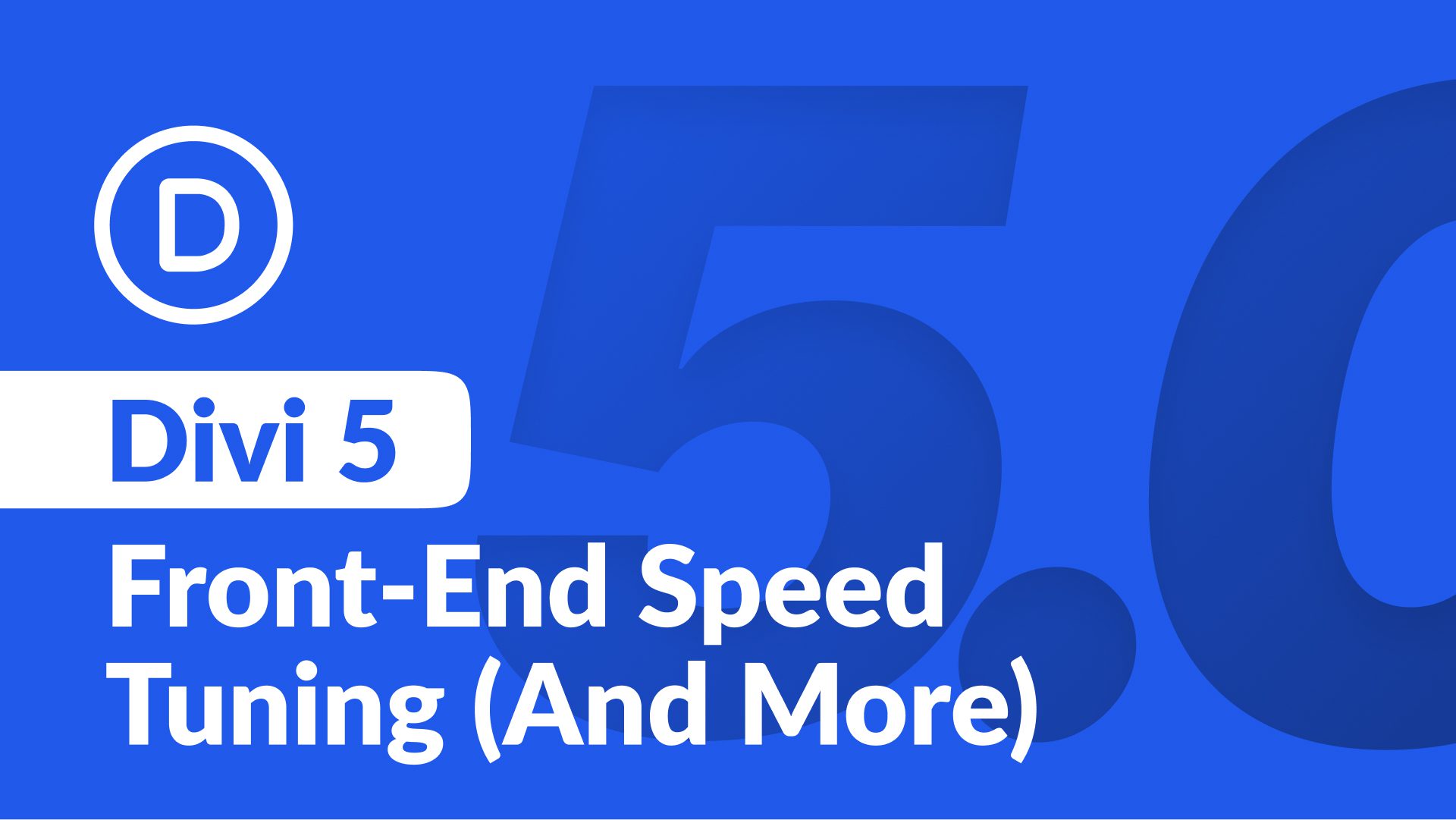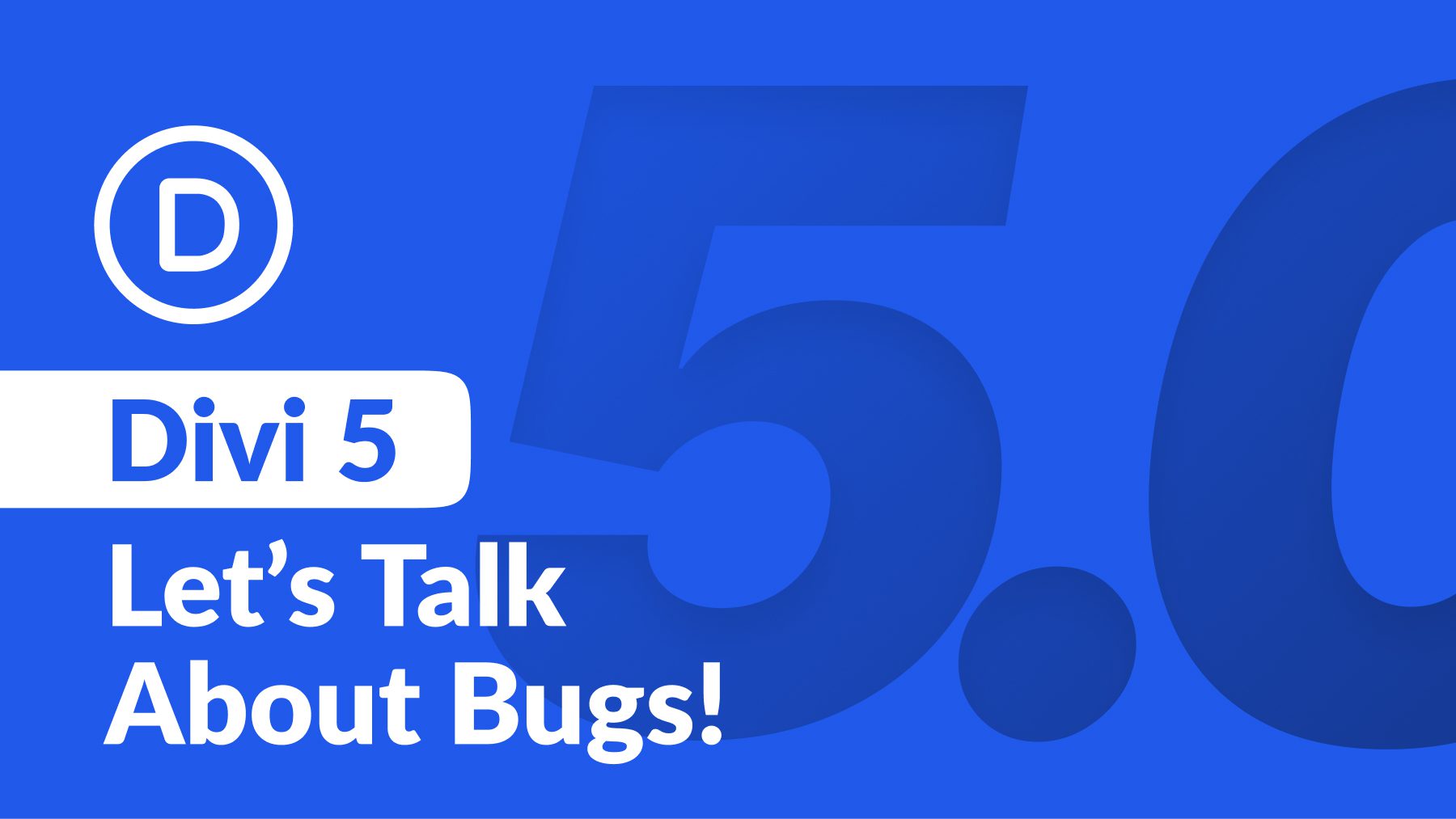For some time now, Pinterest has allowed companies and bloggers to pay to promote their pins, after which the platform shows pins to Pinterest users who might have an interest in the product.
But now, some Pinterest users can purchase products without leaving the platform.
That’s possible because of the company’s newly released feature called “buyable pins”.
The feature was rolled out by Pinterest back in June. It stands for pins featuring a ‘buy’ button, and it enables users to buy what they see in those pins.
Pinterest says when users spot a pin with a blue price, they’ll know they can buy the featured item from within the application. Here’s how it looks:

Pinterest appears to be the perfect platform for this type of impulse spending, as one-third of all Pinterest users didn’t contemplate making a purchase before seeing the item on Pinterest.
And aside from making shopping convenient, buyable pins allow consumers to confidently and safely make a purchase. Purchases are handled with a credit card through Apple Pay, although Pinterest is working with Braintree to devise a method of purchase for users outside iOS. This handling method means that credit card and personal information is secure for consumers.
The Specs
For the moment, buyable pins are only available on Apple mobile devices (iPad or iPhone), so pinners who surf on a desktop or Android device can’t make a purchase from Pinterest.
While a few major retailers (e.g., Macy’s, Nordstrom) have jumped on the buyable pin bandwagon, smaller retailers may find it difficult to enable the feature. Pinterest has partnered with Shopify, so sellers who use the Shopify platform will find buyable pin integration easy.

Pinterest will not take any fees or surcharges from sales made through buyable pins, but they have been monetizing very successfully with promoted pins. It’s expected that buyable pins will lead to more companies promoting their pins and drive Pinterest revenue in that way.
Fees and surcharges from sales will be limited to what retailers will pay through Apple Pay (and later, through Braintree) or Shopify Payments with no additional cost from Pinterest. Pinterest also has a waiting list for businesses that don’t use Shopify to power their store.
The Advantages
The advantages of Pinterest buyable pins are clear. Retailers now have a way to encourage and facilitate impulse purchasing while marketing to their most lucrative demographics. Pinners can re-pin the things they like, allowing products to go viral and spread through peer groups.
Almost half of all online shoppers in the United States have purchased something as a direct result of a recommendation from Pinterest. More than 80% of all Pinterest pins are re-pins – that is, about four out of every five pins is something that has been passed along from another Pinterest user, so the potential virality on Pinterest is staggering.
For Shopify users, adding a buyable feature to their pins is an easy way to increase revenue. While the data on buyable pins isn’t available due to the novelty of the concept, we do know that before buyable pins existed, the average sale from a Pinterest referral was $58.95. Clearly, there is tremendous potential to use buyable pins to increase this revenue. By eliminating the need to visit the website, chances are that a greater portion of pin viewers will be converted to customers.
The Disadvantages
Unfortunately, buyable pins aren’t yet perfect. The greatest disadvantage in these early days is the limited reach of the pins to consumers and retailers. For many retailers and many Pinterest users, buyable pins simply aren’t available. Pinterest has always maintained a conservative stance toward new developments, so it’s likely that these early forays into buyable pins will be expanded as the new program takes off, but for the moment, a seller’s ability to use buyable pins (and a buyer’s ability to purchase with them) is still quite limited.
One other major disadvantage to buyable pins is that while it facilitates impulse purchasing, it doesn’t allow sellers to cross-promote other items or to establish a relationship with the buyer. Some brands use Pinterest quite effectively to communicate with and build brand loyalty with their consumers. Almost 3/10 of all Pinterest users follow a brand on Pinterest, and 83% would rather follow a brand than a celebrity. However, Pinterest buyable pins allow consumers to make a purchase without first getting acquainted with the company and the brand.
Buyable pins do not allow cross-promotion, which may be a problem for many retailers. Items are listed and purchased individually without encouraging consumers to check out other items from the same seller.
In a way, the buyable pins feature brings an eBay feel to Pinterest. eBay is filled with hundreds of sellers and many of them sell nearly identical products and the buyer chooses a product based on the individual product rather than the seller. For example, with two identical products in original packaging, an eBay user is more likely to buy from the seller who has 1,000 positive reviews and is selling the product at $25 than the seller with 10,000 positive reviews who’s selling for $30. There is fear that buyable pins on Pinterest will create the same price competition that currently exists on eBay.
Are Pinterest Buyable Pins the Next Big Thing?
Judging from the buzz around these buyable pins, some marketers are claiming that buyable pins are the next step in commercializing (and profiting from) social media. But only time will tell whether buyable pins are the wave of the future or a well-intentioned but ultimately unprofitable experiment.
For large retailers like Macy’s and Nordstrom, buyable pins are beneficial. But for small retailers, the picture is less rosy. Small retailers who lack the name recognition and reputation of more established brands require a strong brand reputation and a more personal relationship with their buyers. Buyers take a risk when purchasing from a less established company, so their initial purchases are often small and conservative. Once they see great customer service, fast delivery, and amazing quality, they often return to that same buyer for additional or future purchases. For smaller businesses, that repeat business is critically important.
Small businesses with less recognizable brands cannot generally negotiate the same wholesale pricing as larger companies, leaving them to pay higher prices for their inventory than the multi-national corporations. Because of this, they will often struggle to compete based on price, even when the products are identical. Smaller companies differentiate themselves from larger ones through customer service and building relationships with their customers. When small companies are competing with large companies on a marketplace which rewards low prices and makes it easy to comparison shop, small companies traditionally suffer.
Even when the small business has a unique product (one that they’re not competing with larger companies to sell), buyable pins reward appearance over function. Pins that share well have beautiful photography and are aesthetically pleasing. This means that companies that sell a mixture of beautiful and functional products are likely to see a marked imbalance in their sales figures as their buyable pin sales skew toward the beautiful rather than the more functional.
In most cases, this will be a simple matter of adjusting inventory according to the change in sales trends. But in some cases, this problem can be damaging to the business’s reputation. For example, a beautiful hat might require specialized hairpins to keep it in place, or a cute and colorful cloth diaper cover might require dull and boring liners to function correctly. Customers who purchase the beautiful part without choosing to purchase the functional are likely to be disappointed.

Should You Use Pinterest Buyable Pins?
That depends on who you are. If you’re a large retailer with established name recognition and a strong reputation of trust, Pinterest buyable pins can be a source of additional revenue. If you’re a small retailer who only sells products that photograph well and look good on Pinterest, the buyable pins can help to drive sales, especially if your products themselves are well-branded.
But not everyone may benefit from buyable pins, and Pinterest already has a strong eCommerce advantage even without the impulse purchasing. Without buyable pins, Pinterest users can surf to your website and make a purchase, especially when compared to other social media channels.
Maximizing Your Pins
Whether you’re using buyable pins or simply looking to maximize your conversions from your traditional Pinterest pins, there are several ways to make sure that your pins are re-pinnable and attractive.
Visual Appeal
The most sharable Pinterest images include great photography and a light-colored (or white) background. Lighter images are almost 20 times more likely to be shared than darker ones. Bright or bold colors can make the image “pop” on the Pinterest platform, and Pinterest users prefer to share images without faces than those with faces. Using portrait (vertical) orientation on your images makes them look better when they’re displayed on the Pinterest dashboard.

On Your Website
To encourage people to share your images from your website (and to re-pin those images), it’s important that your images have a descriptive name, because the image name will be the title of the Pinterest pin. For example, a picture of blueberries labelled “Blueberries from Hawthorn Berry Farm 2015” is more professional than “DSC0072(2)”.
There are plugins available that can help Pinterest pinners get a customized description when pinning from your pages. If you’re on WordPress, Share This and Social Media Feather will allow you to customize Pinterest descriptions. This enables you (for example) to use a pre-programmed description that will accompany your pins when a guest to your website shares them on his or her pinboard.
When You Pin
When you’re pinning, you’ll want to use a great description, because most re-pinners will retain your original description. Whether you’re writing for buyable pins or just for your ordinary Pinterest social media marketing, the descriptions will allow other pinners to understand why they should share your content.
For Buyable Pins
For the average Pinterest-using company, buyable pins will be available only if you have a store through Shopify. Once you’re logged in to Pinterest and Shopify, you can go to http://www.shopify.com/pinterest and click on the “Add the Pinterest sales channel” button in the center of the page. This will add Pinterest buyable pins to your Shopify store. It is important to note that you must have a paid Shopify account to use this feature. If you do have a paid Shopify store, adding Pinterest buyable pins is a matter of following a few simple instructions in Shopify.
When you use Shopify, your buyers will pay by credit card using Apple Pay and Shopify Payments. While Pinterest will not charge additional fees for buyable pins, Shopify Payments and Apple Pay will charge a transaction fee. Shopify Payments currently charges 2.9% + $0.30 for Basic users, 2.6% + $0.30 for Professional users, and 2.4% + $0.30 for Unlimited users. Apple Pay does not currently charge a transaction fee, but users of the buyable pins feature may want to keep in mind that if Apple Pay chooses to change their policy, Pinterest buyable pin merchants may be affected.
Final thoughts
For those monitoring the eCommerce industry, the biggest winner in this buyable pin idea is Shopify. Pinterest has been tight-lipped about rolling out the buyable pin feature to other eCommerce platforms, so for the foreseeable future, Shopify store owners have a marked advantage over sellers using a different platform or an individual website.
If your company is flexible, and is interested in early adoption of this new program, a Shopify store is the only way to try it out for now. While the idea certainly sounds promising, it remains to be seen whether this is a major advance in social media marketing or another good idea that won’t quite work out.
Image Credit: lekkyjustdoit / ShutterStock









Dan, in 2023, do you still need Shopify for buyable pins? Buyable pins are simply a type of rich pin that has associated markup and Pinterest says that you can even use Etsy (which doesn’t have a monthly fee) to publish buyable pins.
Every social network website is important for websites. I’m using Pinterest page for about 6 months but I didn’t get much profits from them. Thanks for the post.
To have the option to have more info or purchase an item you like in pinterest is great, it saves time and if you’re just looking for ideas you just don’t use the buying resource.
What do people think of Pinterest’s new Buyable Pins?
Hi there,
For purchasers, Pinterest has been a spot for discovering items that arouse you and make a couple of revelations along the way. Buyable Pins will make it less demanding to go quickly from pin to item buy, uprooting any additional steps like attempting to discover the thing on the web. Consistent.
Regards
Anjali
I know every social network is very important fo website.Although I have a page on pinterest but didn’t get much benefits from their.but still trying to get success from their.
I think getting traffic from Pinterest needs lot more efforts from my side, Your tips were good, I will definitely going to try this. My blog has a Pinterest page ,but I didn’t get much traffic from Pinterest. Thank you for this article.
@ Dan Virgillito
Pinterest is the best for intrigues you like however Now i realize that advantages and disadvantages of Pinterest.
Regards
Priyanka
Nice one Dan,
This is really a very huge development for Pinterest and its users. The platform is really getting big as times goes on and i will say that from the look of things, the buyable pin feature might eventually become the next big thing as marketers already predict.
I think i will have to start getting used to Pinterest from now :).
Thanks for sharing.
You wrote “There is fear that buyable pins on Pinterest will create the same price competition that currently exists on eBay.”
As a buyer this is not a fear to me. And as a seller it should be seen as an incentive. Personally, I’ve seen competitive/comparison purchasing as a high leap forward in online buying. So this should be a strategy to embrace and not as a fear.
One of the best Social Media is Pinterest, because of al kind of information are available that media site and impressive theme to easily handle to everything. Thanks for sharing and nice explanation.
Hi Dan,
This is a damn good strategy, I’m not spending much time in Pinterest.
Thank you for your article.
Take note to use later ! I usually use Facebook instead. But this is a new tip to working with Pinterest.
I can not use Paypal…..
It looks like a really nice thing something different
Personally, i’m more comfortable working with facebook, twitter and google+. But sooner or later, i will need Pinterest… It’s useful for the right situation… 🙂